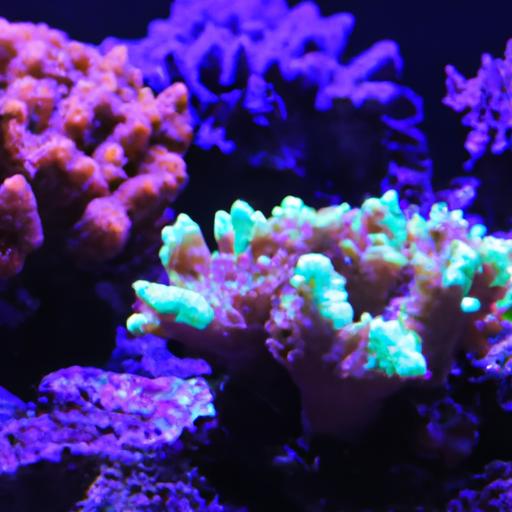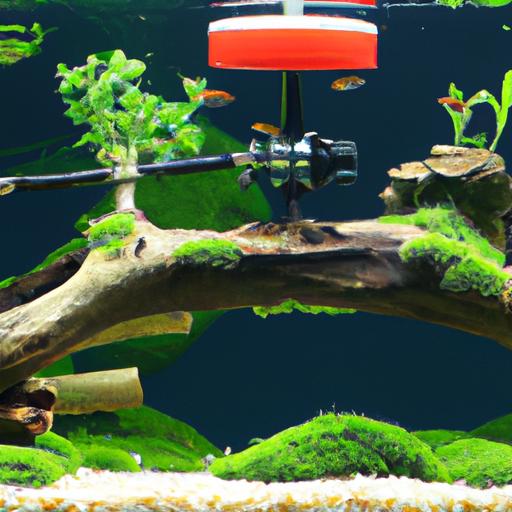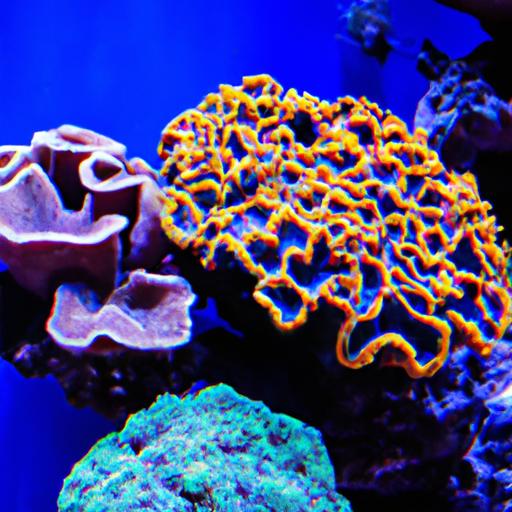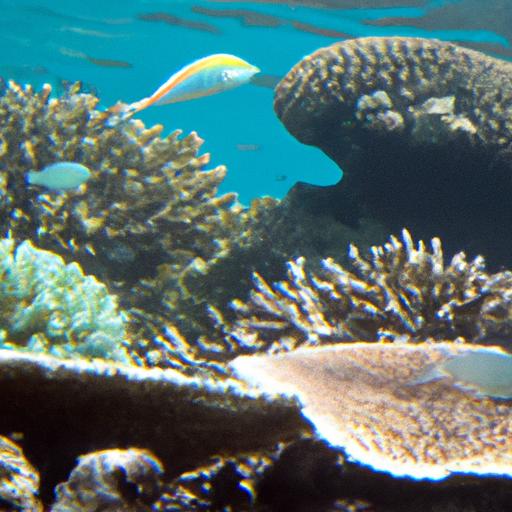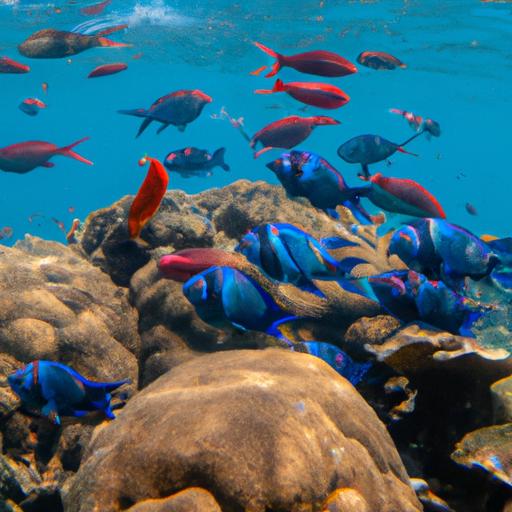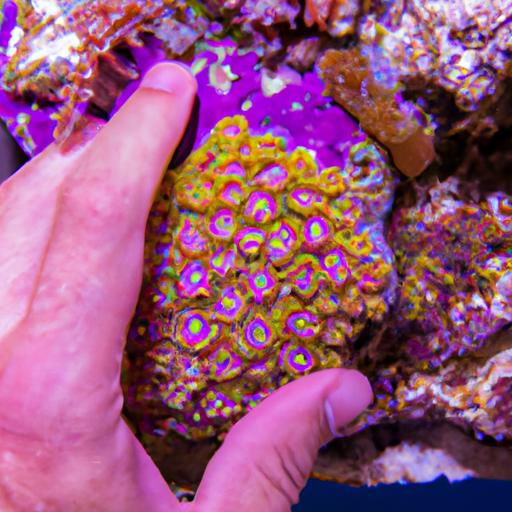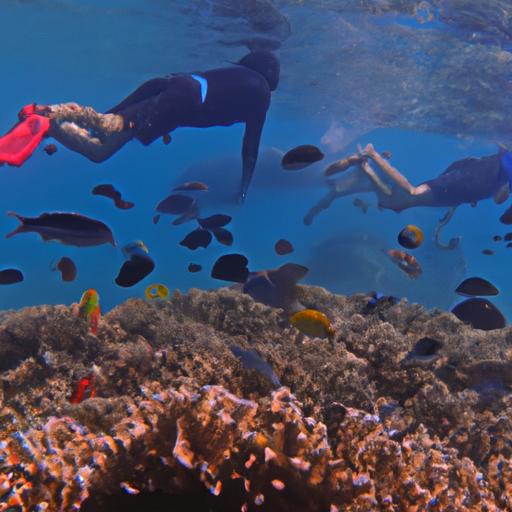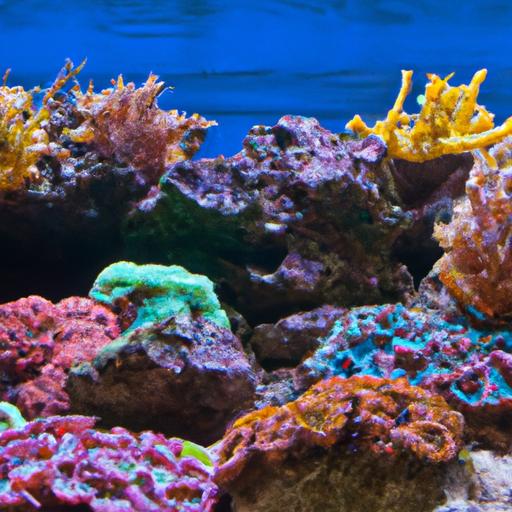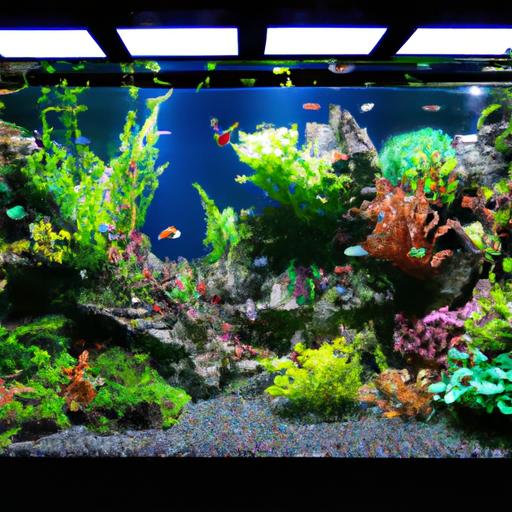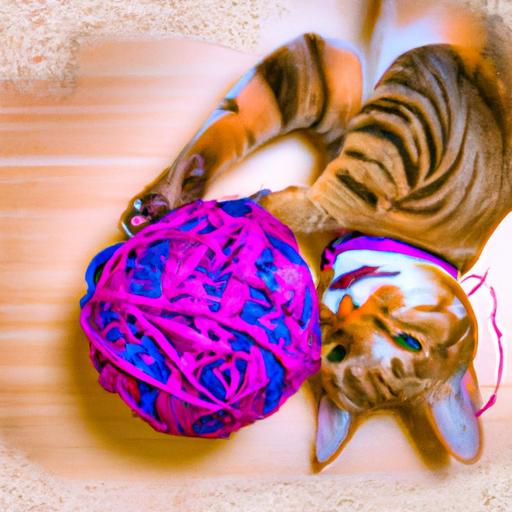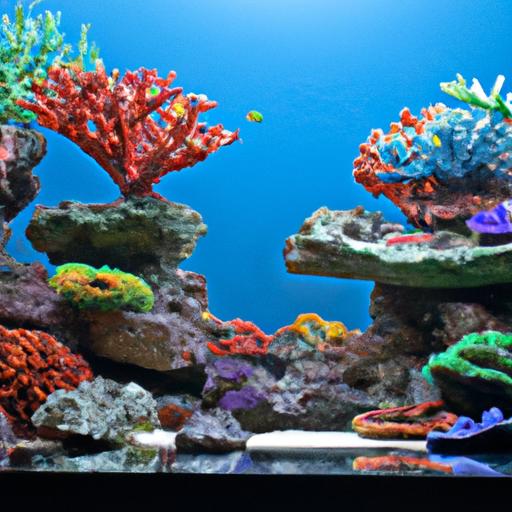
The Art of Choosing the Right Live Rock for Your Coral Reef
Discover the art of choosing the right live rock for your coral reef aquarium. Learn how to select, evaluate, and match live rock for a thriving marine ecosystem.
Introduction
When it comes to creating a thriving coral reef aquarium, one of the key elements you need to consider is the live rock. Live rock not only adds aesthetic appeal to your tank but also plays a vital role in providing natural biological filtration. In this article, we will explore the art of choosing the right live rock for your coral reef, ensuring a healthy and vibrant marine environment for your beloved corals.
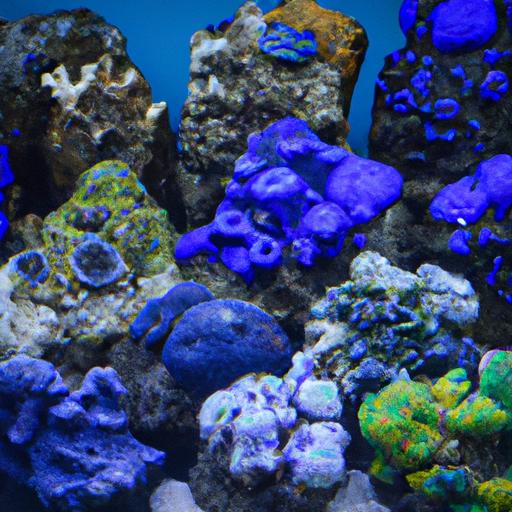
Factors to Consider When Selecting Live Rock for Your Coral Reef
To ensure the success of your coral reef aquarium, it is crucial to consider several factors when selecting live rock. Let’s delve into these factors:
Types of Live Rock Available in the Market
There are various types of live rock available in the market, each with its own unique characteristics. Some common types include Fiji, Tonga, and Pukani live rock. Fiji live rock is known for its diverse shapes and sizes, making it ideal for creating intricate aquascapes. Tonga live rock, on the other hand, is renowned for its vibrant colors and interesting formations. Pukani live rock is highly porous, providing excellent water circulation and ample surface area for beneficial bacteria to thrive. Understanding the different types will help you make an informed choice based on your desired tank aesthetics and filtration needs.
Evaluating the Quality and Health of Live Rock
When purchasing live rock, it is important to ensure its quality and health. Look for live rock that is free from pests, such as bristle worms or aiptasia, which can harm your corals. Inspect the rock for any signs of decay, excessive algae, or foul odor, as these may indicate poor quality. Opt for live rock that is dense and heavy, as it signifies a higher mineral content and better potential for biological filtration. Remember, investing in high-quality live rock will contribute to the long-term success of your coral reef aquarium.
Considering the Size and Quantity of Live Rock for Your Tank
The size and quantity of live rock you choose play a crucial role in providing a suitable environment for your corals. Ensure you have enough live rock to create hiding spots, anchor coral frags, and establish territories for your marine inhabitants. A general rule of thumb is to have approximately 1 to 1.5 pounds of live rock per gallon of water. However, you can adjust this based on your specific tank requirements and the types of corals you plan to keep. Additionally, consider the size of the live rock pieces. Smaller pieces are easier to arrange and provide more surface area, while larger pieces can create impressive focal points in your aquarium.
Matching the Live Rock with the Specific Needs of Your Coral Species
Different coral species have varying requirements in terms of lighting, flow, and placement. It is essential to choose live rock that complements the specific needs of your corals. For example, branching corals, such as Acropora, benefit from elevated placements on sturdy live rock structures, while soft corals, like mushrooms, prefer lower flow areas. Research the specific care requirements of your coral species and select live rock that can support their growth and well-being. By creating an environment tailored to your corals’ needs, you are setting the stage for a thriving and visually stunning coral reef aquarium.
FAQ: Common Questions About Choosing Live Rock for Your Coral Reef
Can I use dead rock instead of live rock in my aquarium?
While live rock is highly beneficial for your coral reef aquarium, you can use dead rock as a base and seed it with live rock or live sand to kickstart the biological filtration process. Dead rock is less expensive than live rock and can be an economical option for beginners. However, keep in mind that it may take longer for the necessary beneficial bacteria to establish themselves compared to using live rock.
How do I cure live rock before adding it to my tank?
Curing live rock is an essential step to eliminate any unwanted pests, toxins, or decaying matter that may be present. To cure live rock, rinse it thoroughly with freshwater to remove loose debris. Then, place it in a separate container with saltwater and provide adequate water flow and lighting. Monitor the water parameters closely and conduct regular water changes until the rock is fully cured. This process typically takes a few weeks but is crucial for maintaining a healthy and stable marine environment.
Can I introduce live rock from different sources into my tank?
Introducing live rock from different sources can introduce new organisms and potentially disrupt the balance of your aquarium. It is generally recommended to quarantine and cure live rock separately before adding it to your main tank. This helps prevent the introduction of pests, diseases, or unwanted algae. By taking these precautions, you can safeguard the health of your existing marine life and maintain a harmonious ecosystem.
What are some potential risks or issues with using live rock?
While live rock offers numerous benefits, it is important to be aware of potential risks or issues. Some live rock may carry unwanted pests, such as bristle worms, mantis shrimp, or flatworms. These organisms can harm your corals or other tank inhabitants. Additionally, live rock may contain hitchhiker algae, which can proliferate and become a nuisance if not properly controlled. Regular monitoring and proactive maintenance will help mitigate these risks and ensure a healthy coral reef environment.
Conclusion
Choosing the right live rock for your coral reef is an art that requires careful consideration. By understanding the types of live rock available, evaluating their quality and health, considering the size and quantity needed for your tank, and matching them with the specific needs of your coral species, you can create a thriving and visually stunning marine ecosystem. Remember, investing in high-quality live rock and following proper curing and quarantine procedures will contribute to the long-term success of your coral reef aquarium. So dive into the art of choosing live rock and watch your coral reef flourish with vibrant life.
Related Articles:
